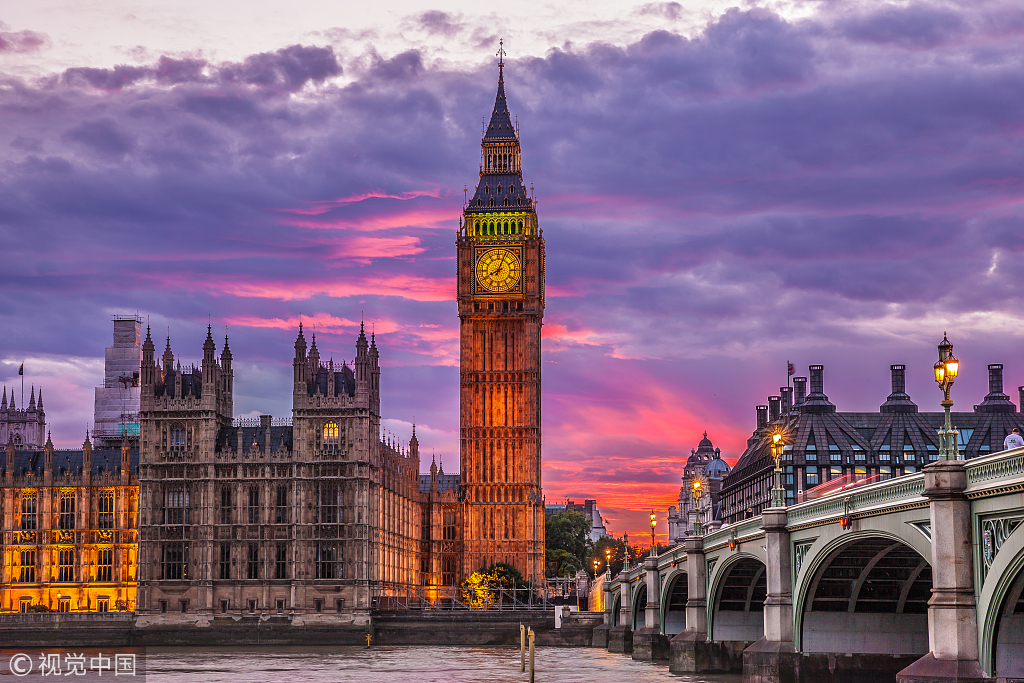BRI helps companies build global bridges of connectivity


The China-proposed multitrillion-dollar Belt and Road Initiative has ignited the imagination of business leaders around the world and many are striving to find projects they can participate in.
Most of the global entrepreneurs are keen to know where they can find a comprehensive list of BRI projects, or to be told what constitutes a BRI project. Many, however, are a little confused upon realizing that no such comprehensive list exists, and some even speculate that there might be a list, but that it might be kept secret.
Such speculation has led some commentators to draw the conclusion that the BRI lacks transparency. Sadly, people with this sort of logic fail to see the advantage of the BRI's inclusiveness and they could miss valuable engagement opportunities if they continue to think in this way.
The BRI, which was proposed by President Xi Jinping in 2013, is a vision that advocates improved connectivity of infrastructure, trade, ideas, and knowledge between Europe, Africa and Asia.
The vision was partly inspired by the ancient Silk Road trade routes that connected the East and West thousands of years ago, but, more importantly, it reflects the increasing globalization of trade, people, and ideas in our highly connected world today.
Organizations that believe in the BRI vision have produced their own forecasts. HSBC estimates that BRI projects will require up to $6 trillion of financing during the next 15 years, while PricewaterhouseCoopers estimates the cost at $5 trillion.
These estimate discrepancies reflect the fact that different companies understand BRI opportunities differently, and that the vision is constantly evolving as new players begin to engage, and new opportunities are being uncovered.
Within the evolving BRI vision, countries and companies that actively engage will benefit the most, and the United Kingdom's engagement is a perfect example.
When the BRI was first discussed, few would have thought of the UK as being within the area covered by the initiative, or of it being a nation that stood to benefit, simply because the UK is not a strong trader of merchandise. Instead, services make up almost 80 percent of its economy.
Still keen to profit from BRI trade potential, the British government decided to encourage British companies to supply banking, legal, engineering, consulting, and other services to the rapidly growing number of BRI projects around the world.
That was a smart and logical move, considering that many complex infrastructure and power projects did require complex financing structures in order to get off the ground, and London's financial sector has existing expertise to offer.
To turn this vision into reality, the UK Treasury has appointed HSBC's former chairman, Douglas Flint, as the country's Belt and Road envoy, an important government post. The City of London's policy chairman, Catherine McGuinness, has repeatedly emphasized that London is a "natural western hub" for the BRI. This October, her team joined the research arm of China's central bank to launch a report looking at how London can contribute to financing projects in the region covered by the Belt and Road Initiative.
Inspired by government support, British companies started to participate in some of the biggest BRI projects. Standard Chartered bank, for instance, financed more than 50 BRI deals in 2017 alone, including a $515 million project financing a power plant in Zambia, a $200 million loan for a power plant in Bangladesh, and a $42 million export credit facility for a Sri Lankan gas terminal.
Similarly, British engineering consulting companies including Mott MacDonald and Arup, and law companies including Linklaters and Herbert Smith Freehills have provided services for hundreds of BRI projects. Meanwhile, the London Metal Exchange is supporting its partner companies in building new metal warehouses along BRI trade routes because it believes that BRI infrastructure connectivity will help global metals trading grow in scale and efficiency.
Some BRI projects are easy to spot, such as the construction of roads, rail lines, and bridges that directly fuel physical connectivity. Others require deeper thinking, such as supplying smart cities planning, entertainment and logistics services to underdeveloped regions on track to enjoy significant growth due to BRI trade activities.



































